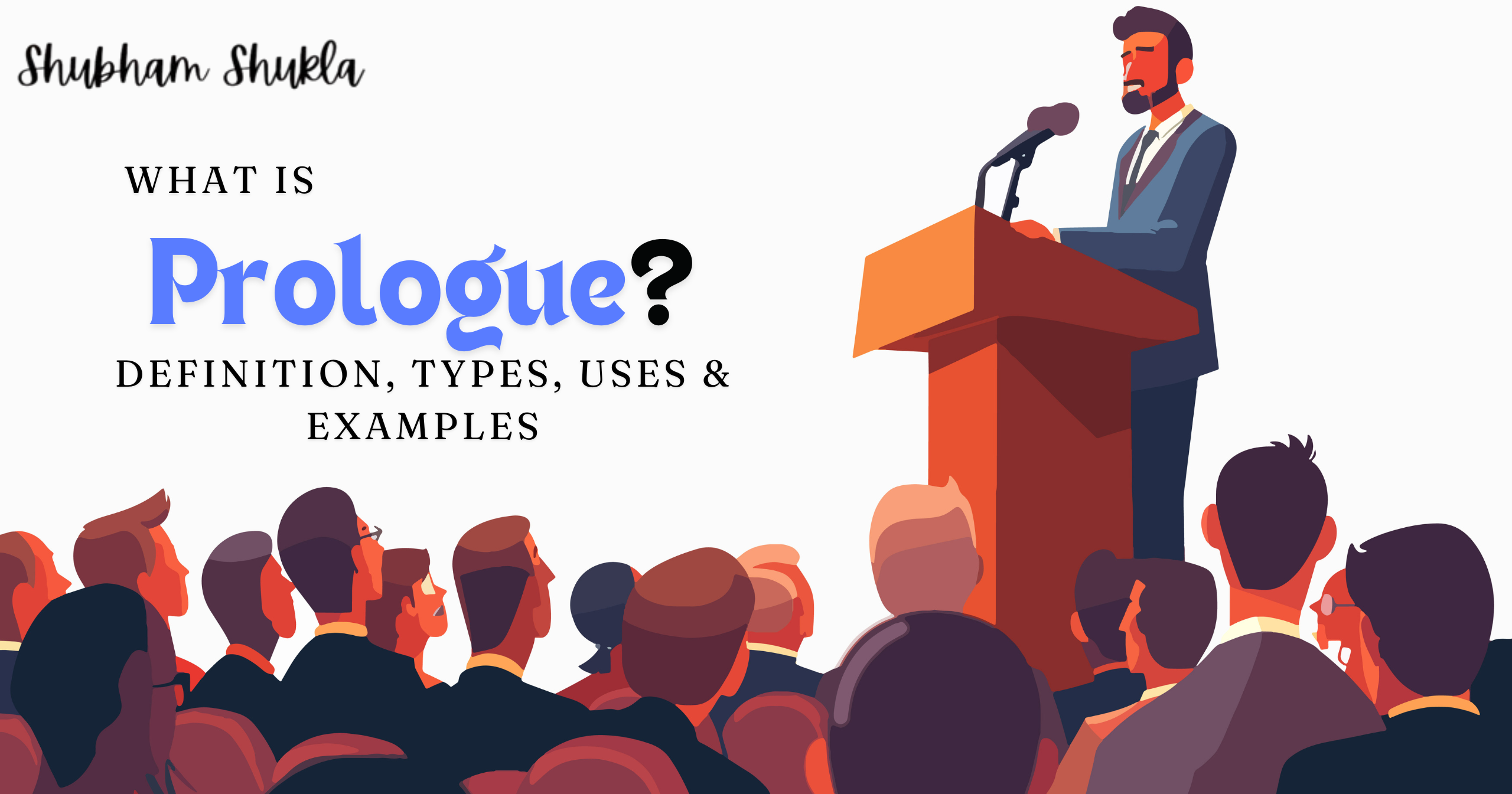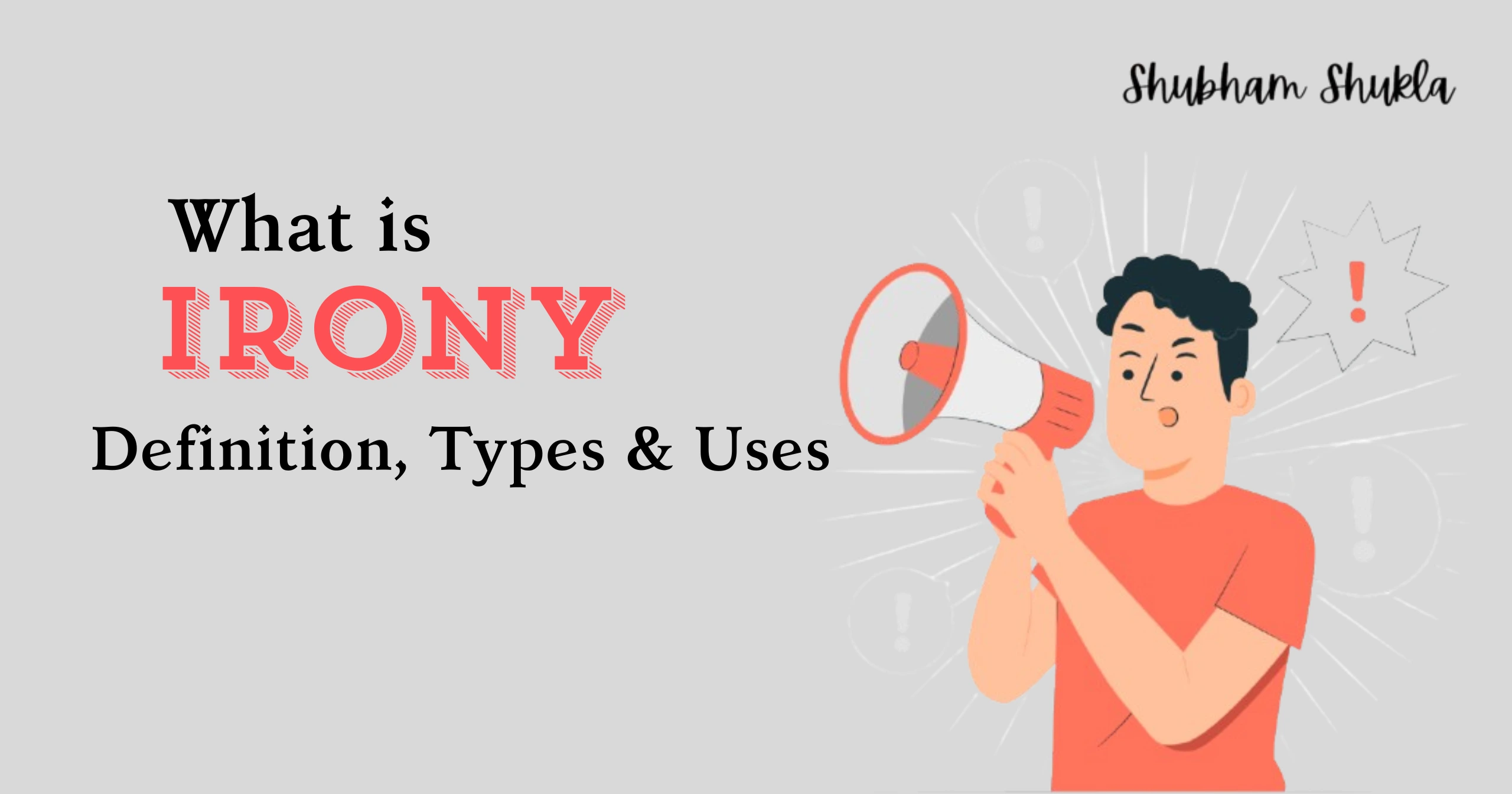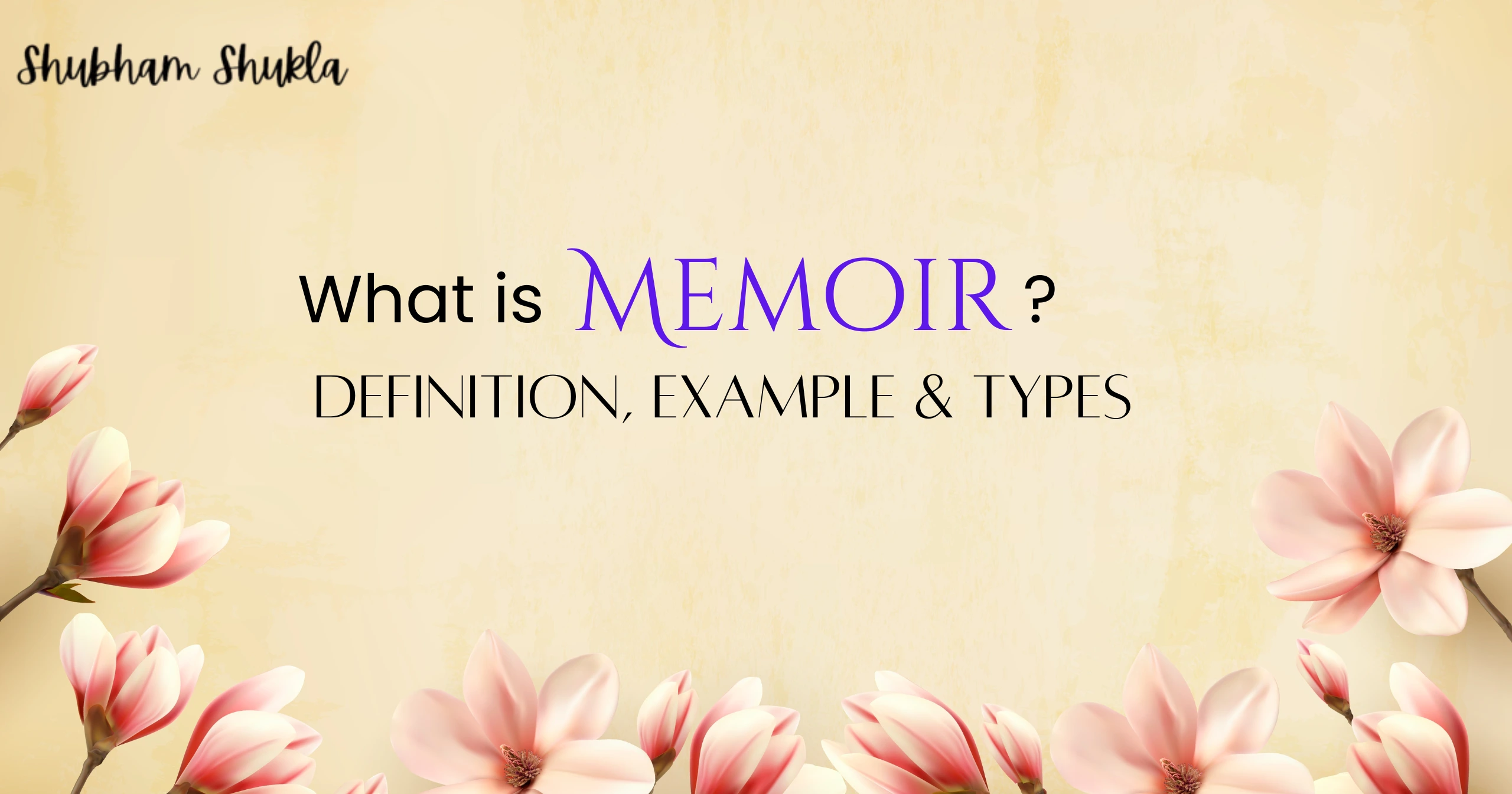A prologue provides an overview of what’s to come by acting as a key to open the door to this forbidden world. It provides background information and context to assist you negotiate the story’s turns and turns, setting the stage for the adventure ahead.
Prologues can have a variety of purposes, such as introducing the characters or offering a glimpse into the past that influenced the present. They offer you a bird’s-eye perspective of the world and can be written from a single point of view or from the perspective of an omniscient narrator.
Consider a prologue as a road map that leads you through the uncharted territory of a narrative. While it might not be required for every story, when applied appropriately, it can improve your comprehension and appreciation of the voyage that lies ahead. Now let’s get started by opening the door and entering the prologue’s universe.
A common question is, “What is Prologue?” Greek term “prólogos,” where “pró” means before and “logos” means word, is where the word “prologue” originates. A prologue introduces the literary work and establishes the backdrop for the tale to be told, much like the curtain being raised before the main event. Like an overture, it’s frequently played at the opening to give the audience a preview of what’s to come.
You may also read: Powerful Adjectives to Describe a Person (With Examples & Tips)
Three terms are now frequently used: prologue, preface, and foreword. They all establish the scene and provide background information, but how do they differ from one another?
A prologue is a segment of the main narrative that serves to establish the setting, introduce characters or themes, and give background information before the action picks up. It is frequently used to include crucial details that are necessary to comprehend the plot and is written in the same tone and language as the rest of the book.
In contrast, a preface is usually written by the author and includes details about the background of the work, the inspiration behind the story, or the research that went into creating it. It can provide readers with insight into the author’s creative process and is frequently written in a more intimate style.
In contrast, a foreword is typically written by a non-author author, such as a prominent public person, literary critic, or historian. It is meant to provide readers an understanding of why the book is worthwhile to read as well as an endorsement or recommendation of the book. It frequently gives a synopsis of the main ideas and importance of the work.
The prologue is an integral element of the plot, the preface is written by the author, and the foreword is written by a third party. This is the primary distinction between the three.
Though they all have various points of view, they all give the book’s background and context.
These days, each writer crafts a distinct tale, and each tale requires a special prologue. Thus, by following these guidelines when writing a prologue, you can be sure that it accomplishes its goals and improves the narrative as a whole.
You may also like: List of 10 Best Libraries in Chandigarh for Book Readers
- Decide if a prologue is necessary: It’s crucial to decide whether your story need a prologue or if the information may be included in the text’s main body. Not all stories need one.
- Finally, make sure your prologue is error-free and delivers the message you intend by editing and proofreading it frequently.
- Determine the story’s tenor and style: The tone and writing style of a prologue ought to be consistent with the remainder of the narrative. Additionally, it need to set the tone and themes for the entire narrative.
- Practice, practice, and more practice: Practice makes perfect when it comes to writing, so don’t be scared to edit and rework your prologue until you are satisfied with it.
- Keep it brief: A prologue need to be succinct and direct. It shouldn’t be very long or elaborate, only the information that is required.
- captivate the audience: Writing the prologue in a style that draws the reader in and piques their interest is important. To keep the reader interested, use descriptive language and a sense of mystery or intrigue.
- Give pertinent background information: A prologue can contain crucial details that readers need to grasp in order to fully comprehend the narrative. This could contain information about the backdrop, the characters, or pre-main story events.
Prologues serve as a tantalizing preface to the literary feast that lies ahead, much like the first sip of a superb wine. Like a wine list with a range of alternatives to suit different palates, they come in many forms, each with a distinct function. Here is your Prologue wine list.
- Explaining prologues: The first chapter of J.R.R. Tolkien’s “The Lord of the Rings” is an example of this kind of prologue; it gives a thorough history of the ring and its abilities while laying the groundwork for the rest of the novel.
- Author’s prologues: The first chapter of Stephen King’s “The Stand,” which is written by the author and addresses the reader while setting the scene, is an illustration of this kind of prologue.
- Historical prologues: Hilary Mantel’s “Wolf Hall,” which opens with a thorough history of the Tudor era and sets the scene for the tale of Thomas Cromwell’s ascent to power, is an example of this kind of prologue.
- Framing prologues: The first chapter of F. Scott Fitzgerald’s “The Great Gatsby” is an example of this kind of prologue. It sets the scene by describing the “valley of ashes” and introduces the enigmatic Gatsby.
- Flashforward prologues: The first chapter of George R.R. Martin’s “A Game of Thrones” is an example of this kind of prologue since it gives a sneak peek at what will happen in the novel and gives a view into the future.
- Character prologues: The first chapter of Jane Austen’s “Pride and Prejudice,” which presents the character of Mr. Bennet, who is important to the plot, is an example of this kind of prologue.
You may also like: 10 Essential Type of Characters in Literature (with Examples)
In summary, when crafting a prologue, it’s critical to evaluate its necessity, set the tone and style of the narrative, supply pertinent background information, grab the reader’s attention, keep it brief, and practice, practice, practice. These pointers will help a prologue accomplish its goals and improve the narrative as a whole.
Prologues can have a variety of purposes, such as introducing the characters or offering a glimpse into the past that influenced the present.
They can be written with the reader seeing the world from above, or they can be written from the perspective of an omniscient narrator. Consider the prologue as a map that leads the reader through the uncharted territory of a work of fiction.



